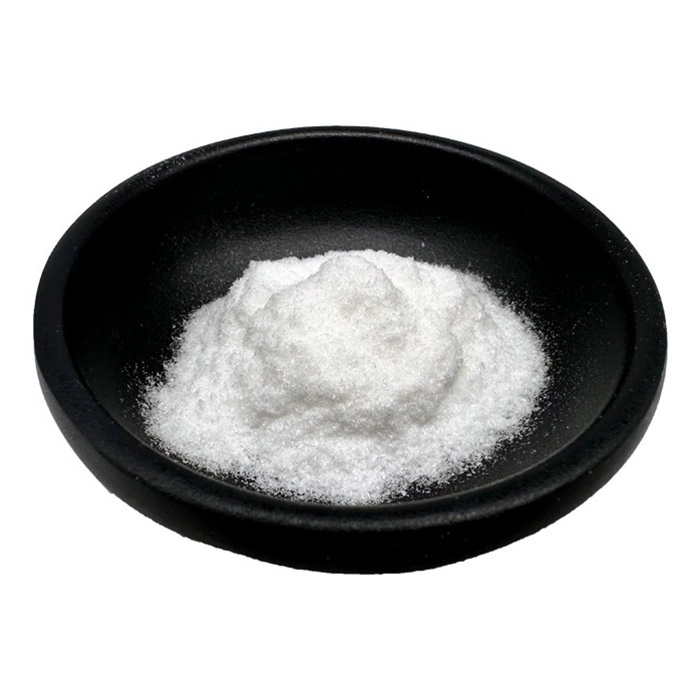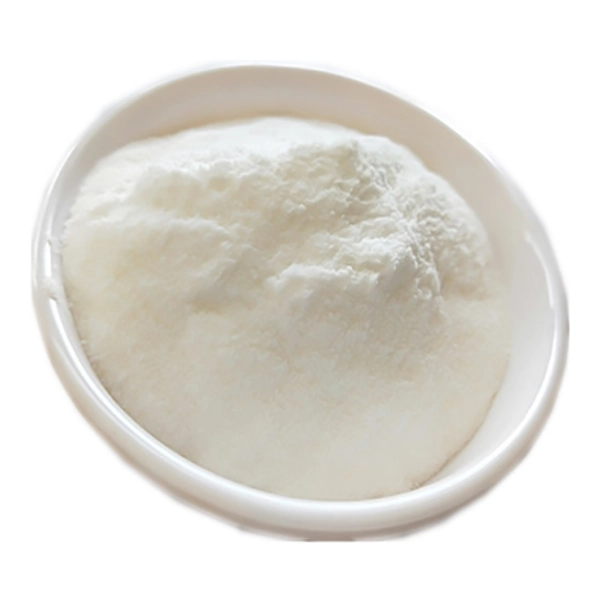+86-15212299029
- All
- Product Name
- Product Keyword
- Product Model
- Product Summary
- Product Description
- Multi Field Search
Views: 220 Author: tcchems Publish Time: 2025-10-29 Origin: Site











Content Menu
● Do they interact or conflict?
● How to layer alpha arbutin with vitamin C safely
● Frequency and timing for best results
● Addressing potential irritation
● Common questions and answers
This article explores whether alpha arbutin can be safely combined with vitamin C in a skincare routine. We will cover what alpha arbutin and vitamin C are, how they work, potential interactions, optimal usage strategies, and practical tips to maximize effectiveness while minimizing irritation. The goal is to provide clear, evidence-based guidance so you can decide how to incorporate these ingredients into your daily regimen.
Alpha arbutin is a popular skin-brightening ingredient derived from hydroquinone, known for its ability to inhibit melanin production in the skin. It is considered gentler and more stable than some other brightening agents, and it is often favored for reducing the appearance of dark spots, uneven skin tone, and hyperpigmentation. When included in serums or creams, alpha arbutin can help achieve a more radiant complexion over time with consistent use.

Vitamin C, or ascorbic acid, is a potent antioxidant that protects skin from free radical damage and supports collagen synthesis. It also has intrinsic brightening properties and can help fade signs of aging and hyperpigmentation. Vitamin C is commonly formulated as L-ascorbic acid in serums and paired with other antioxidants and brightening agents to enhance stability and efficacy.
The compatibility of alpha arbutin and vitamin C has been a topic of discussion among skincare enthusiasts. The primary concern traditionally cited is the stability of vitamin C, particularly in formulations with low pH, which some people worry could affect the stability of alpha arbutin. However, current understanding indicates that using alpha arbutin and vitamin C together is generally safe for most skin types when applied correctly and with proper layering.
Key considerations:
- Concentration: Start with moderate concentrations to assess tolerance. Typical ranges are alpha arbutin around 2% and vitamin C around 10–15% for L-ascorbic acid serums.
- Formulation pH: Vitamin C serums often have a lower pH. Alpha arbutin is relatively stable across a range of pH levels, but extreme pH conditions can reduce stability for any active ingredient. Using products from reputable brands that specify stability information can help mitigate risks.
- Formulation compatibility: Some products are specifically formulated to be combined in a single product, while others are intended for separate layering. Always follow product instructions and patch test when trying a new combination.
A careful layering approach can help you benefit from both ingredients without causing irritation:
- Cleanse and pat dry.
- Apply a water-based vitamin C serum first, especially if it uses L-ascorbic acid. Let it absorb for a few minutes.
- Follow with a moisturizer to lock in hydration and buffer potential irritation.
- If using alpha arbutin in a separate serum or essence, apply it after vitamin C and before moisturizer.
- If you prefer a single product containing both ingredients, choose a reputable formulation designed for compatibility and stability.
- Use sunscreen during the day, as brightening agents can increase photosensitivity.
Consistency matters more than frequency in many cases:
- Start by applying vitamin C in the morning and alpha arbutin in the evening, or alternate days if you notice any sensitivity.
- If your skin tolerates daily use, you can use both in the same routine but monitor for redness or irritation.
- Gradually increase concentration if your skin adapts well and you do not experience irritation.
As with any active skincare ingredients, irritation can occur:
- Redness, stinging, or itching may indicate sensitivity. If this happens, reduce frequency or concentrations and ensure patch testing before full use.
- Dryness or peeling can occur as the skin adjusts; incorporate a richer moisturizer or a hydrating serum to support the skin barrier.
- If you have a history of sensitive skin or conditions like rosacea, consider consulting a dermatologist before starting these ingredients together.
If you want to reduce risk while still targeting hyperpigmentation, consider:
- Using alpha arbutin in the evening and vitamin C in the morning with a broad-spectrum sunscreen.
- Pairing vitamin C with other antioxidants like vitamin E and ferulic acid to enhance stability and photoprotection.
- Exploring alternative brightening agents such as niacinamide or azelaic acid, depending on your skin type and tolerance.
- Patch test: Always patch test any new combination on a small skin area for at least 24 to 48 hours.
- Start low and go slow: Begin with lower concentrations and gradually increase as your skin builds tolerance.
- Watch for sun sensitivity: Brightening ingredients can increase photosensitivity, making sunscreen essential every day.
- Keep products stable: Store vitamin C formulations in opaque, airtight containers and away from light and heat to maximize potency.
- Morning routine: Cleanser → Vitamin C serum → Moisturizer → Sunscreen.
- Evening routine: Cleanser → Alpha arbutin serum → Moisturizer.
- Combined approach (if product supports it): Cleanser → One-step product containing both ingredients → Sunscreen (if it's daytime) or moisturizer (if night).

- Can alpha arbutin and vitamin C be used together safely for all skin types?
In most cases, yes, but sensitivity varies. Begin with lower concentrations and patch test if you have sensitive or reactive skin.
- Should I use alpha arbutin in the morning or at night when using vitamin C?
Vitamin C is typically used in the morning to provide antioxidant protection against daily exposure, while alpha arbutin can be used in the evening or on alternate days, depending on tolerance.
- Can I mix these ingredients in the same bottle?
It depends on the product. If a single product is specifically formulated to contain both ingredients, it is generally suitable. Otherwise, layering separate products is advised.
- Will using both reduce their effectiveness?
When used correctly, combining these ingredients can enhance brightening effects while maintaining safety; improper concentrations or overuse may reduce results due to irritation.
- Are there any dietary or lifestyle considerations to maximize results?
A balanced diet rich in antioxidants, adequate hydration, and consistent sunscreen use support skin health and enhance the effectiveness of topical brightening agents.
Using alpha arbutin with vitamin C is compatible for many people and can yield brighter, more even-toned skin with consistent use. Start with moderate concentrations, patch test, monitor your skin's response, and adjust your routine as needed. Always protect your skin with sunscreen during the day to preserve results and prevent new pigment formation.
Hot Tags: China, Global, OEM, private label, manufacturers, factory, suppliers, manufacturing company



